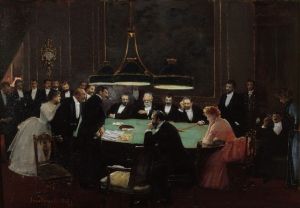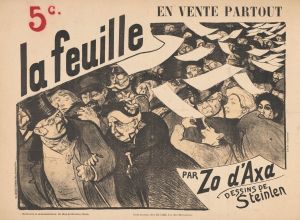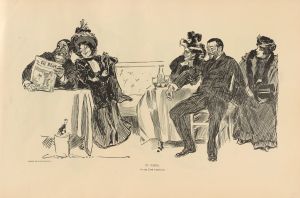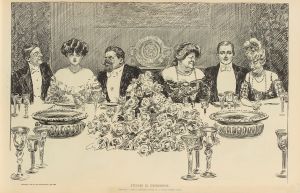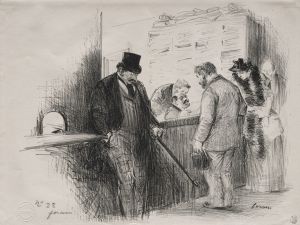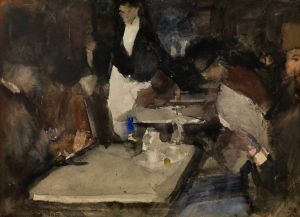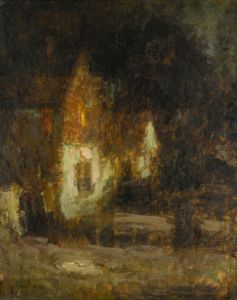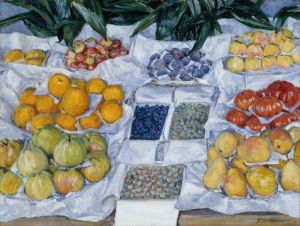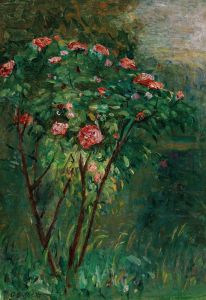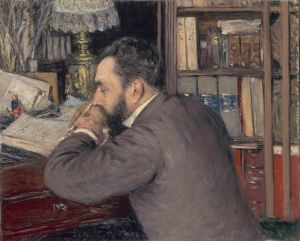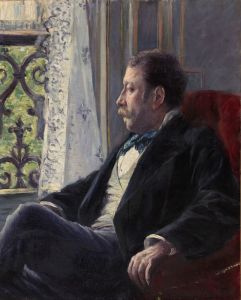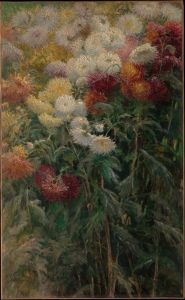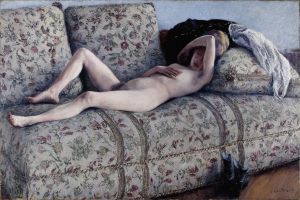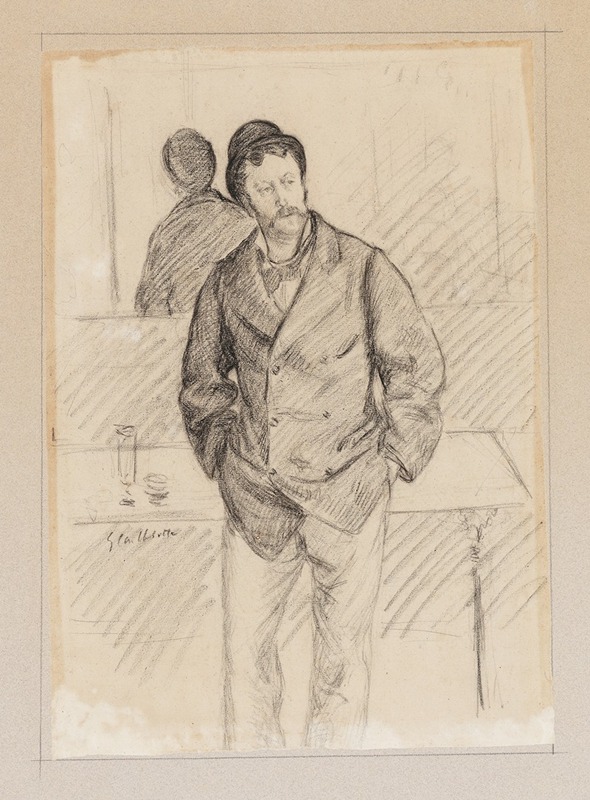
Au Cafe
A hand-painted replica of Gustave Caillebotte’s masterpiece Au Cafe, meticulously crafted by professional artists to capture the true essence of the original. Each piece is created with museum-quality canvas and rare mineral pigments, carefully painted by experienced artists with delicate brushstrokes and rich, layered colors to perfectly recreate the texture of the original artwork. Unlike machine-printed reproductions, this hand-painted version brings the painting to life, infused with the artist’s emotions and skill in every stroke. Whether for personal collection or home decoration, it instantly elevates the artistic atmosphere of any space.
Gustave Caillebotte was a French painter and a member of the Impressionist movement, although his style often leaned towards realism. He is best known for his detailed and innovative depictions of urban life in Paris during the late 19th century. One of his lesser-known works is "Au Café," which captures the essence of Parisian social life during this period.
"Au Café" is an oil painting that exemplifies Caillebotte's keen observation of everyday scenes and his ability to convey the atmosphere of contemporary Paris. The painting depicts a typical Parisian café scene, a popular subject among Impressionist artists who were fascinated by modern life and the changing urban landscape. Cafés were central to Parisian social life, serving as meeting places for people from various walks of life, including artists, writers, and intellectuals.
In "Au Café," Caillebotte employs a realistic style, focusing on the details of the setting and the individuals within it. The composition is carefully structured, with an emphasis on perspective and spatial arrangement, which draws the viewer into the scene. The painting captures the casual yet vibrant atmosphere of the café, with patrons engaged in conversation, reading, or simply enjoying their surroundings. Caillebotte's use of light and shadow adds depth to the scene, highlighting the textures and colors of the interior.
Caillebotte's approach to painting was influenced by his interest in photography, which is evident in the way he frames his subjects and captures candid moments. This influence is apparent in "Au Café," where the composition resembles a snapshot of a fleeting moment in time. The painting reflects Caillebotte's fascination with modernity and his desire to depict the world as he saw it, with an emphasis on authenticity and immediacy.
Although "Au Café" is not as widely recognized as some of Caillebotte's other works, such as "Paris Street; Rainy Day" or "The Floor Scrapers," it remains an important example of his contribution to the Impressionist movement. Caillebotte's work was instrumental in bridging the gap between traditional academic painting and the more radical approaches of his Impressionist contemporaries. His paintings often combined elements of both realism and impressionism, resulting in a unique style that set him apart from other artists of his time.
Caillebotte's legacy extends beyond his paintings. He was also a significant patron of the arts, supporting fellow Impressionists by purchasing their works and organizing exhibitions. His efforts helped to promote the movement and ensure its place in art history. Today, Caillebotte's paintings are celebrated for their technical skill, innovative compositions, and insightful portrayals of 19th-century Parisian life.
"Au Café" serves as a testament to Caillebotte's ability to capture the spirit of his time, offering viewers a glimpse into the social dynamics and cultural milieu of Paris during the late 1800s. Through his art, Caillebotte invites us to step into the world of the past and experience the vibrancy and complexity of urban life in a rapidly changing city.





